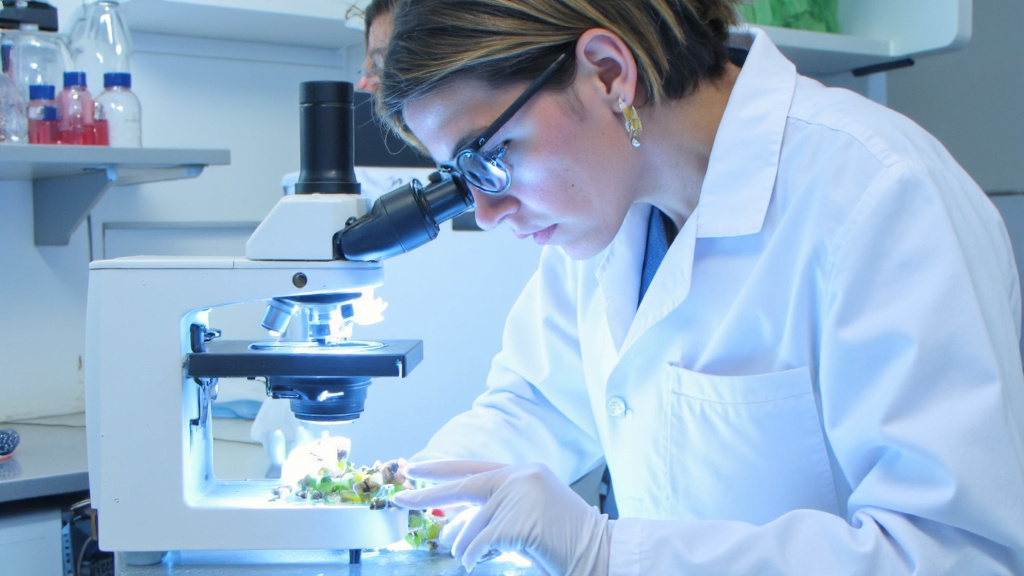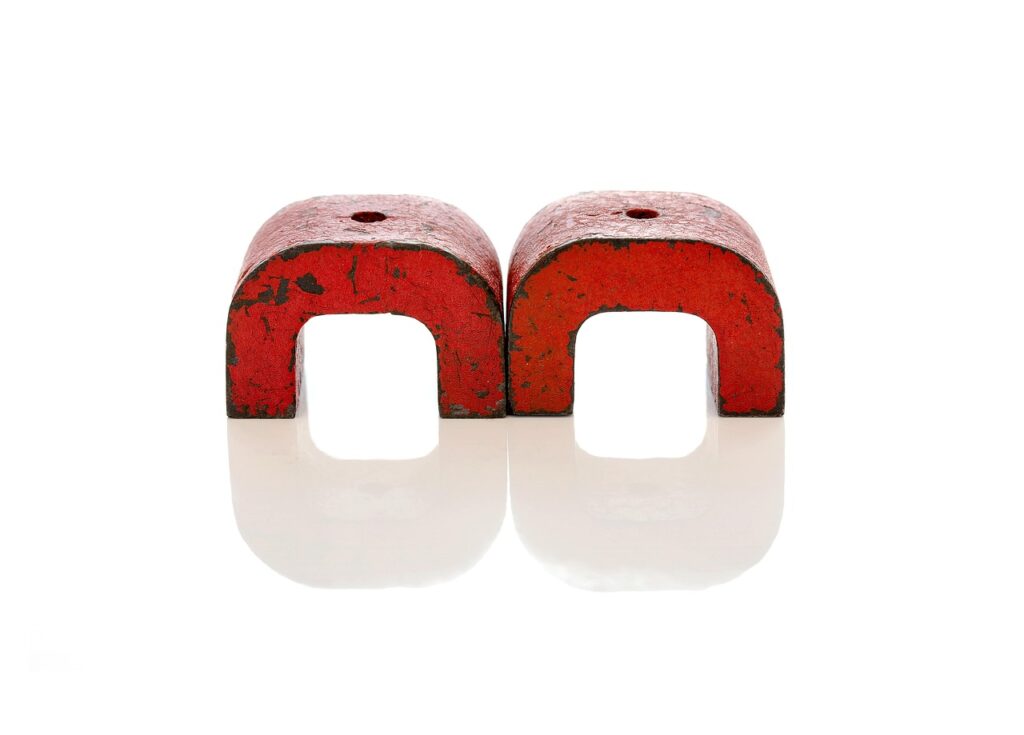5901 Botham Jean Blvd, Dallas, TX 75215
What Is Sustainable Magnet Technology?
April 30, 2025Magnets power everything from wind turbines to electric vehicles, but their environmental impact can be significant. Sustainable magnet technology offers an innovative approach to creating magnetic materials that minimize harm to our planet. These eco-friendly magnets are designed to reduce reliance on rare earth elements, which typically require destructive mining and energy-intensive processing.
Sustainable magnet technology seeks to maintain powerful magnetic properties while significantly reducing environmental impact. Traditional permanent magnets, like neodymium-iron-boron (NdFeB) and samarium-cobalt (SmCo) varieties, contain rare earth elements that generate considerable waste during extraction. For context, processing one ton of rare earth elements can produce around 2,000 tons of toxic waste.
The industry is developing several promising alternatives. Some sustainable approaches include using recycled magnetic materials from electronic waste, developing hybrid magnets that combine cobalt with carbon to enhance strength, and creating biodegradable magnetic options.
How Are Sustainable Magnets Made?

The manufacturing of sustainable magnets involves specialized techniques that maximize resources while minimizing environmental impact. These approaches help reduce dependence on virgin rare earth elements and create more eco-friendly magnetic materials.
Bonded Magnet Production
Bonded magnets combine magnetic powders with polymer binders. Manufacturers mix materials like neodymium-iron-boron (NdFeB) or ferrite with thermoplastic or thermoset polymers. This mixture undergoes compression or injection molding to create precisely shaped products.
The process starts with preparing fine magnetic powder particles. These particles mix thoroughly with polymer binders in specific ratios. The composite material can be formed into complex shapes without machining, significantly reducing material waste compared to traditional sintering methods.
A major advantage of bonded magnets is their versatility in shaping. They can be molded into intricate forms that would be difficult or impossible with conventional magnets, enabling more efficient designs in applications ranging from motors to sensors.
Recycling Magnets From End-of-Life Products
Recycling rare earth magnets involves several specialized processes. It begins with collecting end-of-life products containing magnetic components. Workers or automated systems carefully disassemble these products to extract the magnets.
Once extracted, magnets undergo hydrogen decrepitation. This process exposes them to hydrogen gas at controlled temperatures, causing the magnets to absorb hydrogen and break down into a demagnetized powder. This powder serves as the starting material for new magnets.
Another effective approach is the hydrogenation-disproportionation-desorption-recombination (HDDR) process. This method operates at higher temperatures to produce fine anisotropic powders, which can create bonded magnets with properties similar to those made from virgin materials.
Cryogenic grinding offers another recycling solution. This technique freezes and pulverizes bonded magnets at liquid nitrogen temperatures, preserving magnetic properties while allowing reprocessing into new magnets with improved density.
Alternative Compositions With Reduced Rare Earth Content
Researchers are developing magnets that use fewer critical rare earth elements. One promising approach enhances cobalt-based materials with carbon additions, improving magnetic properties without increasing rare earth content.
Scientists are also exploring iron nitride compounds as alternatives. These materials offer good magnetic performance without using rare earth elements, potentially reducing dependence on geographically concentrated rare earth supplies.
Nanocomposite magnets represent another innovation. These combine soft and hard magnetic phases at the nanoscale, creating stronger magnetic properties while using fewer rare earth materials than conventional magnets.
Manufacturing Process Innovations
Modern sustainable magnet production employs additive manufacturing technologies. 3D printing allows for creating complex magnet geometries with minimal waste, while big area additive manufacturing can produce large magnets with higher powder loading than traditional methods.
Cold spray technology has emerged as another innovative technique. This process accelerates magnetic particles to high velocities without melting them, creating dense magnetic coatings or parts.
Spark plasma sintering offers advantages for processing recycled materials. This technique applies pressure and electric current simultaneously to compact powders, creating fully dense magnets at lower temperatures than conventional sintering.
| Method | Description | Advantages | Challenges |
|---|---|---|---|
| Direct Recycling | Reprocesses waste magnets into new magnets without separating elements. | Retains original alloy composition, reducing raw material need. | Quality may vary depending on waste material condition. |
| Hydrometallurgical Recycling | Involves dissolving magnet waste in acids to separate rare earth elements. | Highly effective at recovering rare earth elements. | Energy-intensive and generates hazardous waste. |
| Pyrometallurgical Recycling | Uses high-temperature processes to recover rare earth elements. | Effective for processing large quantities of waste. | Energy-intensive and requires sophisticated equipment. |
| Electrochemical Recycling | Uses electrolysis to recover rare earth elements. | Potential for more environmentally friendly and energy-efficient recycling. | Still under development and not widely adopted. |
Friction consolidation and extrusion represent newer manufacturing methods. These processes use friction to generate heat and plastically deform magnetic materials, resulting in products with uniform distributions of magnetic phases and good mechanical properties.
These sustainable manufacturing techniques represent significant progress toward reducing the environmental impact of magnet production. As research continues, further innovations are expected to make magnets even more sustainable while maintaining their critical performance characteristics.
What Are the Key Applications of Sustainable Magnets?

Electric Vehicles: Powering Eco-Friendly Transportation
Sustainable magnets play a crucial role in the electric vehicle revolution. These innovative solutions enhance motor efficiency while reducing reliance on traditional rare earth metals. Modern EV motors use magnets that optimize power delivery and minimize weight, extending battery range.
The automotive sector has embraced these technologies as manufacturers strive to meet stricter emissions standards. By incorporating sustainable magnets, electric vehicles achieve better performance with a smaller environmental footprint. This shift marks significant progress in transportation sustainability.
Current EV models demonstrate how sustainable magnet technology benefits consumers, from faster acceleration to longer driving ranges between charges.
Wind Turbines: Harnessing Natural Energy
Wind power generation has been transformed through sustainable magnet applications. Direct drive generators in modern wind turbines utilize permanent magnets, eliminating the need for maintenance-intensive gearboxes. This design enhances reliability and reduces operational costs.
The strength and efficiency of these magnets allow turbines to operate at lower wind speeds while still producing significant power. Leading manufacturers like Siemens Gamesa and GE have developed advanced wind turbines that highlight the benefits of sustainable magnetic technology.
These magnets help convert kinetic energy from wind into electrical energy with minimal loss, resulting in more efficient renewable power generation that reduces our carbon footprint.
| Application | Technology | Benefits |
|---|---|---|
| Electric Vehicles | Sustainable magnets in motors | Improves motor efficiency, reduces weight, extends battery range |
| Wind Turbines | Permanent magnets in direct drive generators | Increases reliability, reduces operational costs, operates at lower wind speeds |
| Consumer Electronics | Sustainable magnetic assemblies | Enables smaller, efficient devices, extends product lifespan |
| Healthcare | Eco-friendly magnets in MRI systems | Improves diagnostics and therapeutic applications |
Consumer Electronics: Reducing E-Waste
The consumer electronics industry has adopted sustainable magnetic assemblies to address concerns about electronic waste. These magnets enable smaller, more efficient devices and extend product lifespans. From smartphones to laptops, sustainable magnets improve performance while reducing material waste.
Manufacturers now design products with recycling and reuse in mind. Sustainable magnets facilitate easier disassembly and component recovery. This approach supports circular economy principles by keeping valuable materials in use longer.
The shift toward sustainable magnets in electronics represents an important step in reducing the environmental impact of our digital lives. Consumers benefit from devices that perform better and create less waste.
Healthcare Applications: Advancing Medical Technology
The healthcare industry increasingly adopts eco-friendly magnets in critical medical equipment. Magnetic resonance imaging (MRI) systems benefit particularly from these innovations. Sustainable magnets help diagnose and treat various conditions including chronic pain, arthritis, and wound healing.
Beyond diagnostics, these magnets play crucial roles in therapeutic applications. Healthcare providers can now offer treatments that were previously unavailable or less effective. The static magnetic fields generated by sustainable magnets have shown promising results in improving circulation and stimulating bone formation.
Neodymium magnets, when properly coated to prevent corrosion, provide powerful magnetic fields needed for advanced medical devices. Their application in healthcare demonstrates how sustainability can align with improved patient outcomes.
Conclusion: The Future of Sustainable Magnet Technology
The future of sustainable magnet technology is promising as research and innovation continue to advance. Magnetic technologies play a crucial role in our shift to cleaner energy systems.
The development of efficient permanent magnet synchronous generators for wind turbines and magnetic bearings for hydropower marks just the beginning of these advancements. These innovations enable renewable energy systems to operate more efficiently, reliably, and with minimal maintenance.
As industries worldwide adopt sustainable practices, the demand for eco-friendly magnets will grow. These technologies are transforming sectors from electric vehicles to wave energy systems, providing practical ways to reduce reliance on fossil fuels while enhancing performance.
The environmental impact of these advancements is significant as they are vital steps toward a greener, more energy-efficient world. For recycling needs and more information on sustainable material recovery, contact Okon Recycling at 214-717-4083.
